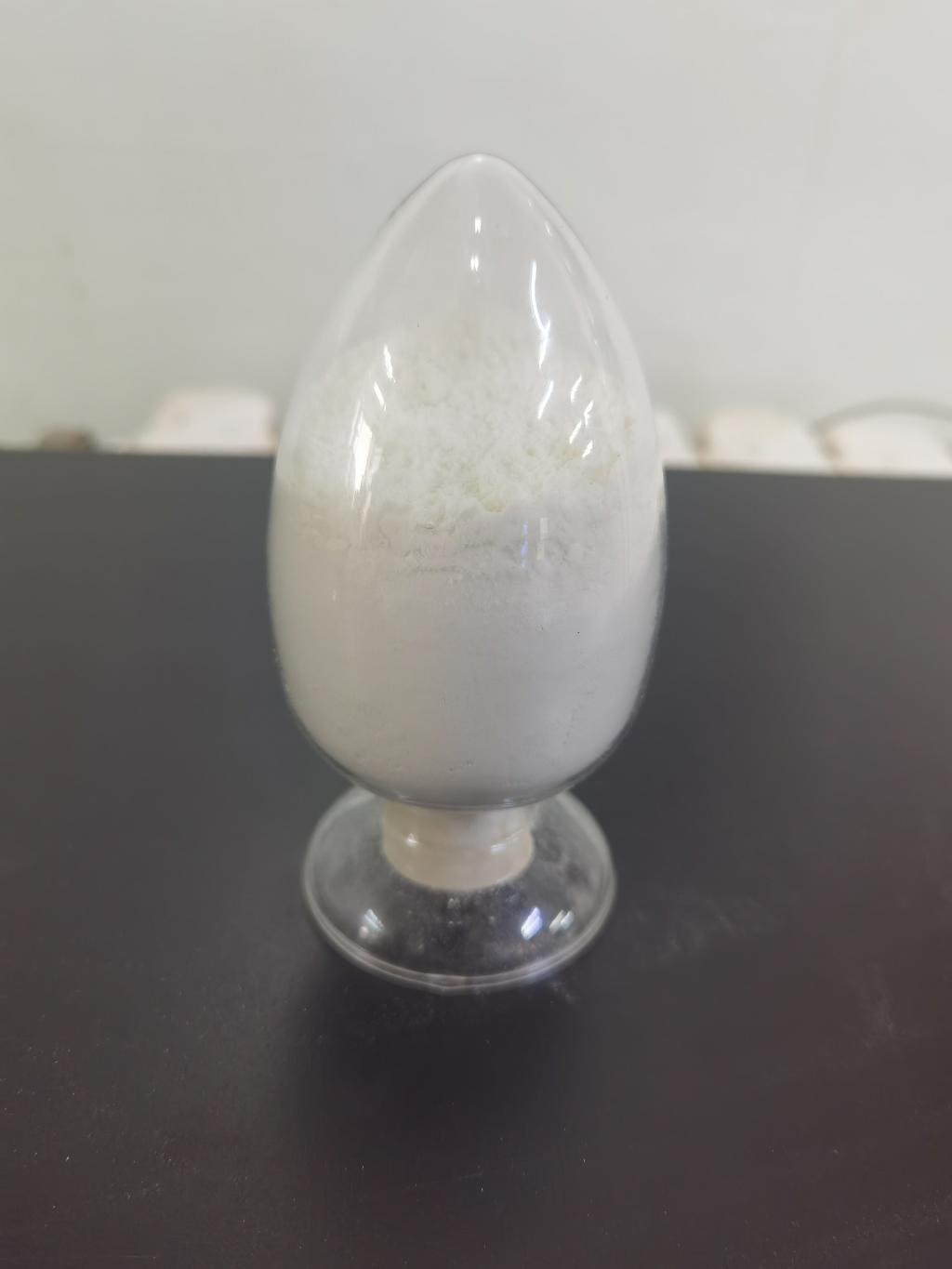Tel:+8618231198596

News
 CONTACT
CONTACT
 CONTACT
CONTACT
- Linkman:Linda Yao
- Tel: +8618231198596
- Email:linda.yao@dcpharma.cn
- Linkman:CHARLES.WANG
- Department:Overseas
- Tel: 0086 0311-85537378 0086 0311-85539701
News
Current Position:
Home >
News
>ε-Polylysine Hydrochloride's Collaborations in Innovative School Meal Programs.
ε-Polylysine Hydrochloride's Collaborations in Innovative School Meal Programs.
TIME:2023-10-07
The Importance of School Meal Programs
School meal programs are a cornerstone of public health and education efforts worldwide. They serve multiple purposes, including:
Nutritional Support: School meals provide students with essential nutrients, promoting growth, development, and overall well-being.
Food Security: For many children, school meals are a vital source of reliable and consistent nutrition, addressing food insecurity issues.
Academic Performance: Proper nutrition is linked to improved concentration, cognitive function, and academic achievement.
Health Promotion: School meal programs offer an opportunity to educate students about healthy eating habits and promote lifelong wellness.
Equity: These programs help level the playing field by ensuring that all students, regardless of their background, have access to nutritious meals.
Challenges in School Meal Programs
Despite their importance, school meal programs face several challenges, including:
Budget Constraints: Schools often operate under tight budgets, making it challenging to provide nutritious meals that meet dietary guidelines.
Food Safety: Ensuring food safety in school kitchens is essential to prevent foodborne illnesses among students.
Food Waste: Schools must minimize food waste while providing appealing and nutritious meals to students.
Nutritional Quality: Balancing the need for cost-effective meals with nutritional quality can be a complex task.
Dietary Preferences and Allergies: Catering to diverse dietary preferences and allergies among students can be a logistical challenge.
Collaborations Involving ε-Polylysine Hydrochloride
Collaborations involving ε-Polylysine hydrochloride are contributing to innovative school meal programs in various ways:
Food Safety Enhancement
ε-Polylysine hydrochloride's antimicrobial properties are harnessed to enhance food safety in school meal preparation. It inhibits the growth of pathogenic bacteria and molds, reducing the risk of foodborne illnesses among students. Collaborations between school districts and food safety experts involve the integration of ε-Polylysine hydrochloride into meal preparation processes.
Shelf-Life Extension
School meal programs often involve preparing and serving large quantities of food. ε-Polylysine hydrochloride can extend the shelf life of prepared dishes, reducing food waste and ensuring that meals remain safe for consumption. Collaboration with food suppliers and manufacturers can facilitate the integration of this natural preservative into school meals.
Fresh Produce Preservation
Fresh fruits and vegetables are essential components of healthy school meals. Collaborations with local farmers and food producers may involve the use of ε-Polylysine hydrochloride to extend the shelf life of fresh produce, allowing schools to incorporate more locally sourced, nutritious options into their menus.
Allergen Management
Managing allergens in school meal programs can be challenging. Collaborations involving ε-Polylysine hydrochloride can address cross-contamination risks by enhancing the safety of allergen-free meal options, ensuring the well-being of students with food allergies.
Reduced Sodium and Additives
Collaborations with nutritionists and food scientists can leverage ε-Polylysine hydrochloride to reduce the need for high levels of sodium and artificial additives in school meals. This supports efforts to provide healthier meal options for students without compromising taste and safety.
Case Studies: ε-Polylysine Hydrochloride in School Meal Programs
Several case studies illustrate the impact of ε-Polylysine hydrochloride in innovative school meal programs:
Fresh Salad Bar Initiative: A collaboration between a school district and local farmers involves the use of ε-Polylysine hydrochloride to extend the shelf life of fresh salad ingredients in school cafeterias. This initiative promotes healthier eating habits among students by providing access to fresh, locally sourced produce.
Food Safety Certification: School districts collaborate with food safety organizations to implement food safety certification programs that include the use of ε-Polylysine hydrochloride as a key component of food safety protocols. This ensures that school meals meet rigorous safety standards.
Reduced Sodium School Lunches: In collaboration with nutrition experts, schools have successfully reduced sodium levels in school lunches by incorporating ε-Polylysine hydrochloride to enhance flavor and safety. This supports efforts to improve the nutritional quality of meals.
Allergen-Free Meal Programs: School districts collaborate with food manufacturers to develop allergen-free meal programs for students with food allergies. ε-Polylysine hydrochloride is used to ensure the safety of allergen-free meal options in school cafeterias.
Challenges and Considerations
While the collaborations involving ε-Polylysine hydrochloride offer promising solutions for school meal programs, there are challenges and considerations:
Regulatory Compliance: School meal programs must ensure that the use of ε-Polylysine hydrochloride complies with food safety regulations and recommended usage levels established by regulatory authorities.
Education and Awareness: School staff, students, and parents need education and awareness campaigns to understand the benefits and proper usage of ε-Polylysine hydrochloride in school meal preparation.
Cost-Benefit Analysis: The cost-effectiveness of ε-Polylysine hydrochloride compared to traditional preservatives and food safety measures must be evaluated to determine its economic feasibility for school districts.
Menu Planning: Collaboration between nutritionists and food service providers is essential for incorporating ε-Polylysine hydrochloride into menu planning while maintaining nutritional standards.
Conclusion
Innovative school meal programs play a pivotal role in promoting the health and well-being of students. Collaborations involving ε-Polylysine hydrochloride offer creative solutions to address the challenges of budget constraints, food safety, food waste, and nutritional quality. By enhancing food safety, extending shelf life, and promoting healthier eating habits, ε-Polylysine hydrochloride contributes to the improvement of school lunches.
As schools continue to prioritize the health and nutrition of students, ε-Polylysine hydrochloride's applications in school meal programs are poised to make a significant impact. With ongoing research, responsible utilization, and industry collaboration, ε-Polylysine hydrochloride can play a vital role in supporting healthier school meal options and ensuring that students have access to safe, nutritious, and appealing meals that enhance their overall well-being.
- Tel:+8618231198596
- Whatsapp:18231198596
- Chat With Skype







